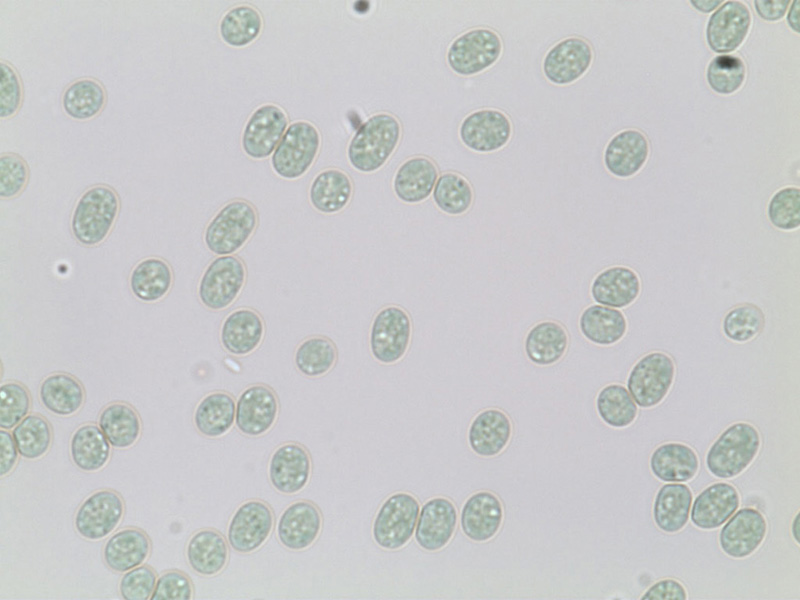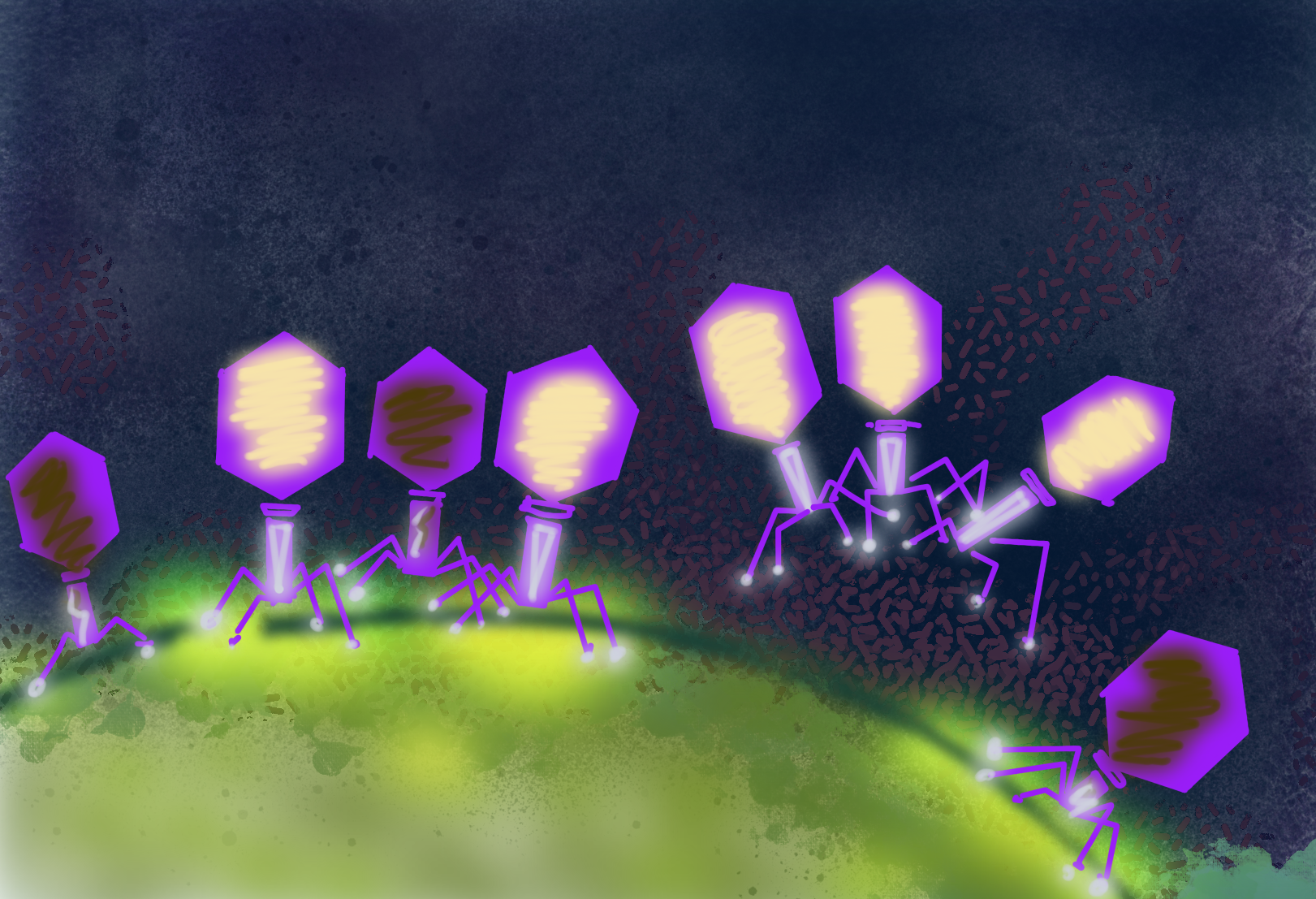Making a Better Hydrogen Producing Bacterium
A microbe able to produce hydrogen without typical poisoning by oxygen production.

The Science
Scientists at the Pacific National Northwest Laboratory now have shown for the first time that a single celled cyanobacterium, Cyanothece, is able to produce hydrogen and oxygen simultaneously without interruption for at least one hundred hours.
The Impact
Improved understanding of cyanobacterial physiology will help move forward the biotechnology of microbial hydrogen production.
Summary
One challenge to the commercialization of microbial production of hydrogen using sunlight is that the oxygen produced by photosynthesis decreases hydrogen production. Various biological mechanisms have evolved to separate the two reactions and scientists have been looking for engineering solutions, but the challenge is not yet solved. The bacteria produce hydrogen at relatively high rates without high cell density or inducing circadian rhythms, as required in studies by other researchers. Furthermore, there is little photo-damage and decay of the photosynthesis apparatus, perhaps enabled by the removal of excess electrons by the hydrogen production.
Contact
Dr. Alexander Beliaev
Pacific Northwest National Laboratory
alex.beliaev@pnnl.gov
Funding
DOE Office of Science Biological and Environmental Research (BER) program
Publications
Melnicki MR, et al. “Sustained H2 production driven by photosynthetic water splitting in a unicellular cyanobacterium.” mBio 3 e00197-12 (2012). [DOI: 10.1128/mBio.00197-12].
Highlight Categories
Performer: DOE Laboratory



